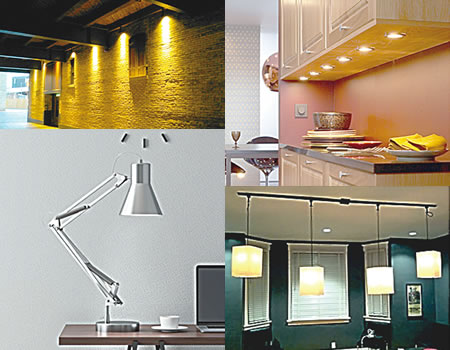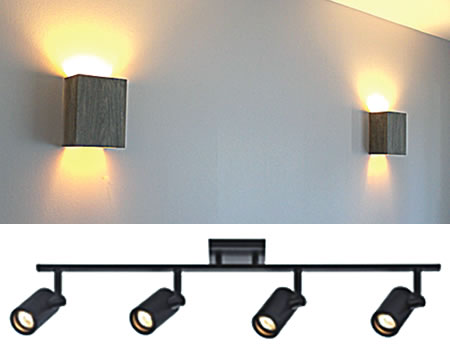Lighting is a very important part of your interior space. It is what enhances the aesthetics and ambience of your interior spaces. It defines the atmosphere, mood and outlook.
When you enter an interior space, one of the things that will catch your attention is the lighting. But, it is so sad that most people don’t have an idea of the type of light to be used in their interior spaces, so they end up buying what they are told, especially when they don’t engage a professional and they don’t get the appropriate results.
In some spaces, the lighting might be quite low for the capacity of the space and in others, the lighting might be higher than the capacity of the space, which makes the space to become so hot. So, I’ll be giving out some ideas on how you can make a simple and great interior with minimal light fittings.
ALSO READ: How Obama influenced Nigeria’s 2015 election, Jonathan reveals in new book
There are three major types of light for an interior space:
1. Ambient Lighting (General Lighting):
This is a soft light, which illuminates your space just enough for you to function without causing a harsh glare. In photography and cinematography, ambient light is known as the “natural light” within a room. The major work of ambience light is to help you move from one place to another. It is not necessarily a kind of light you would like to use for work if you need some light to be concentrated on your workstation.
Functions
It can be used to create the kind of atmosphere you want. For instance, in your living room or bedroom, you could have lights that are bright and dim. In this case, it is called mood lighting. You can use it to control or enhance your mood. So, if you’re in a happy mood, you can put on your bright lights and when you’re in different mood, you can put on your dim lights.
Examples of ambient lights are recessed lights, pendant lights, chandeliers, wall lights (locally known as wall brackets).
2. Task Lighting:
This is a more concentrated light. According to its name, it is used in a more concentrated work area like offices, workshops and so on.
Functions
When you’re working on projects where you need more light than the ones supplied in the room, task light is your best bet. Imagine having a table lamp in a low light room, you will see that the light in that area will be more effective than the remaining part of the room.
You can also use task lights in form of under cabinet lighting in your kitchen. This means that you can have these lights under your kitchen cabinet facing down on your worktops. This helps you to have more concentration of lights on your worktop when working in the kitchen.
Task lights help you to be more alive at work, because it makes your brain to be more responsive and alert.
Task lights help you to see more details at work than you would when you use other lighting. This makes you to have a better result while working in your office, at your place of work or at home.
Examples are table lamps, bedside lamps, under cabinet lights, shelf lights, wardrobe lights, etc
3. Accent Lighting:
This is a highly concentrated lighting system with the intention of drawing the human eye attention to its focal point. Accent lighting is a way of adding style and aesthetics to your interior spaces. It helps to lighten up your interior pieces such as wall arts, murals, wallpaper, wall decal, etc
Functions
If properly used, it helps to provoke emotions and feelings when one enters a space.
It is also used to create aesthetics and great ambience in a space.
It can be used in study and bookshelves
It can be used to accentuate your home garden and your landscape.
It is widely used in museums and art galleries to highlight art works and displays.
Examples can be found in some wall lights, spot lights and track lights.
Now, I believe you can see why your space isn’t giving you the ambience and atmosphere you need. You might need to recheck the lights you have in your spaces.
Okay, let’s do a little DIY for summary
In Living room, you can have Ambient lights on your ceiling or walls for general or natural lighting, in your kitchen (hung on the ceiling) as track lights and your dining in form of pendant light or chandelier.
You can use task lights to achieve more concentration in your office by using a table lamp, bedside lamp in your bedroom, in your kitchen as under cabinet lights.
You can use accent lights to highlight your wall arts or shelves or murals in your living room, bedroom, garden, hallway.
Ade Obasa can be reached on replikahomes@gmail.com







